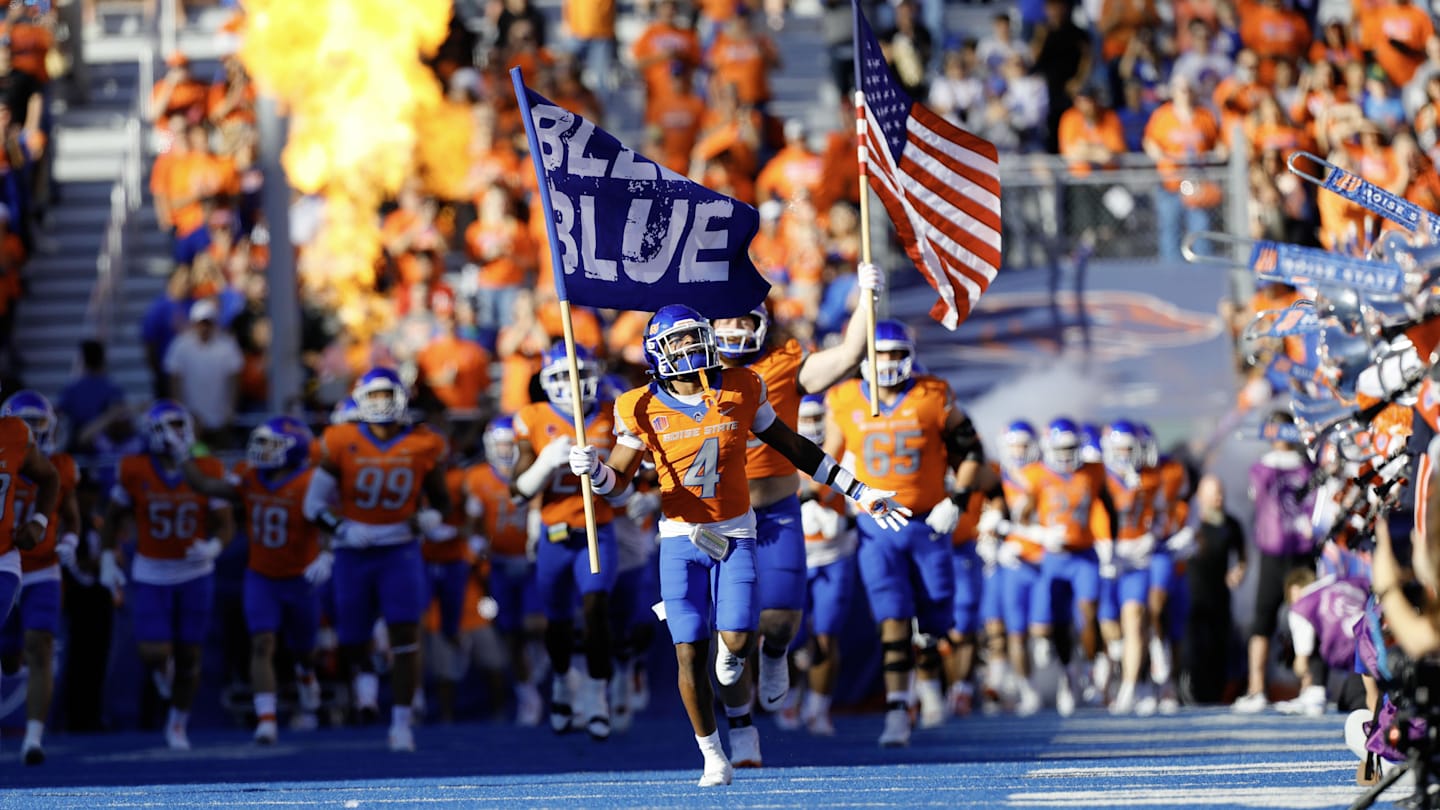Travel
Em-bark-ing On A Holiday Getaway: Tips For Traveling With Pets

Taking weight and breed restrictions into consideration is vital if you want your pet to travel in a carrier at your feet rather than the common cargo hold.
Getty Images
Vacations often promise relaxation, but before reaching a state of tranquility is the chaos of traveling, especially during the holidays. For owners wanting to bring their furry best friend along with them to surprise the in-laws, there are several factors to be aware of when planning and packing for a big trip.
Dr. Christine Rutter, a clinical associate professor at the Texas A&M University College of Veterinary Medicine and Biomedical Sciences, unpacks considerations to take before embarking on any travel adventures with a pet.
On The Road Again
Choosing to pile into a vehicle for an extended amount of time can be deemed family bonding for some and a nightmare for others — especially when an extra tail-wagging family member has joined in on the fun.
When traveling by car, Rutter recommends offering your pet entertainment and treats as a distraction from the road bumps and swift turns taking place.
“I usually bring familiar food, a few familiar toys, and any needed medications in a ‘go bag,’” Rutter said.
Owners can also help reduce pets’ anxiety during travel by getting them used to being in a crate, riding in a car, and being in crowded and noisy environments before the actual trip occurs.
“Acclimating your pet to their travel arrangements and new environments before the trip is key,” Rutter said. “The other precaution that I recommend is to look up emergency veterinary hospitals along your route and preemptively investigate ‘daycare’ or boarding options if you plan to visit a location during your trip that does not allow pets.”
When preparing for a road trip, Rutter’s priorities for owners include:
- Restraining pets with a crate or barrier while riding in a car
- Making sure pets are leash trained and comfortable eliminating while on a leash
- Locating pet-friendly hotels
- Never leaving pets unattended in a hotel room, as this can lead to barking and significant anxiety
- Never leave pets unattended in a car – no matter the time of year
Each pet is a bit different when it comes to car travel. Some pets get scared by unfamiliar situations while others are excited by the prospect of being invited along for the ride. The key objective for owners is to identify the particular needs of their furry friend while away from the comfort of home.
Flight Travel Pre-purr-ations
Preparation is also especially important for plane travel with pets because airlines may have different rules on paperwork and crate requirements. Owners set on bringing a furry friend on board should contact the airline well in advance to make sure they are informed on the rules and expectations that plane travel with pets entails.
Many airlines have breed limitations that exclude brachycephalic (flat-faced) breeds from unattended travel.
Taking weight and breed restrictions into consideration is vital if you want your pet to travel in a carrier at your feet rather than the common cargo hold.
“Particularly, many airlines will also have breed limitations that exclude brachycephalic (flat-faced) breeds from unattended travel,” Rutter said.
Owners should talk to the airline and their veterinarian ahead of time about potential health concerns for brachycephalic breeds.
“Travel is hard, even for people who know what is going on,” Rutter said. “Many flights are quite long, and the process of check-in, flight, landing, and reclaiming the pet can be stressful and complicated.”
Because complications of air travel are more and more common, managing the logistics of a pet through those complications can be extremely hard, Rutter said.
For this reason, the pet’s veterinarian may prescribe a sedative medication to help ease nerves. Rutter advises doing a trial run of the medication at home so that you can know what to expect.
Bringing a pet along for all the fun can be a great idea, but there needs to be careful consideration to best prioritize the comfort of pets throughout the trip, whether it be on the road or in the air.









